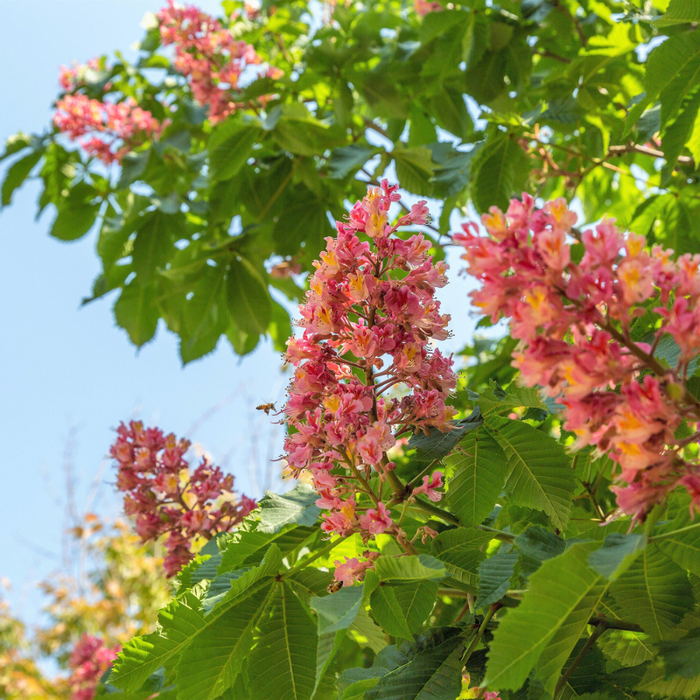
Indian Almond Tree Seeds
Save 50%
Original price
$10.00
Original price
$10.00
-
Original price
$10.00
Original price
$10.00
Current price
$4.99
$4.99
-
$4.99
Current price
$4.99
Bring the seasonal appeal of Indian Almond Tree to your garden with these Indian Almond Tree Seeds. Best planted outdoors after the frost has passed or indoors weeks before the last frost, these seeds hold the pledge of a flourishing tree that adds a touch of elegance to any garden. To nurture the Hollock seeds, provide them with average soil and water preferences, allowing them to develop into healthy and robust specimens.
Specifications:
- Color: Yellow - Shades Of Peachy Pink - Pink
- Plant Seeds: Outdoors After Frost / Indoors Weeks Before Last Frost
- Plant Height: 50 - 80'
- Plant Spacing: 20'
- Bloom Time: Summer - Fall
- Hardiness Zone: 9 - 12
- Light Requirements: Sun
- Soil & Water Preferences: Average
- Quantity: 20 Seeds





